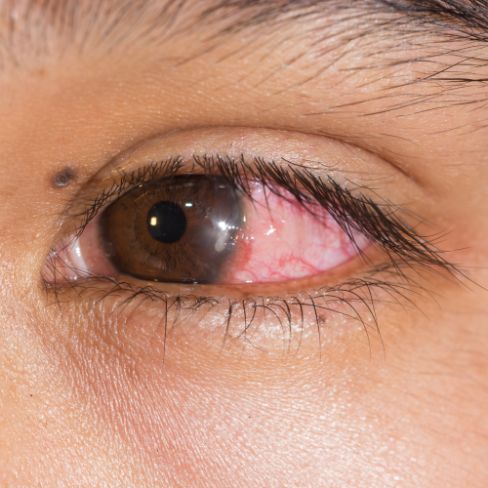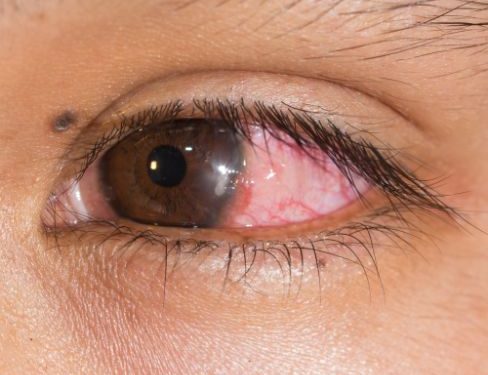Inflammation of the cornea is a common condition that can result in severe eye pain and blurry vision. It may be caused by an injury or infection.
Bacterial keratitis occurs when bacteria enter the cornea, which is the clear part of your eye. It is a serious and sometimes life-threatening eye disease. It can cause loss of sight and is usually treated with antibiotics.
Your doctor will check for bacterial keratitis by using a microscope to look at your cornea and other parts of the eye. Your doctor will also check for pain and sensitivity to light.
If the doctor thinks you have bacterial keratitis, you will need to use antibiotic drops in your eyes. Your doctor will determine how often to use these drops based on the severity of your infection. You will also need to take oral antibiotics if needed.
Symptoms of bacterial keratitis include: Redness, tearing, pain and blurry vision. You might also have a feeling that something is in your eye.
Signs of keratitis are more common than symptoms. Inflammation is often accompanied by a mucopurulent or purulent discharge that may be yellow or green in color. It also can cause a rash or swelling on the skin around your eye.
Inflammation can be caused by many different things, including bacteria, viruses, fungi, and a parasite called Acanthamoeba. Treatment for keratitis depends on the cause and type of inflammation.

Damage to the cornea can happen from a scratch, injury, chemical exposure, or contact lens wear. It can also be a complication of other eye conditions, such as glaucoma or diabetes.
A person with bacterial keratitis will need to be seen several times by an eye doctor for care. Early treatment is essential to ensure that the infection is cleared up and that your vision returns.
Most people recover from keratitis without any problems. However, if the infection is severe, a corneal transplant may be necessary.
Symptoms of noninfectious keratitis are typically pain, irritation, redness and blurry vision. The eye will also be very sensitive to light. You might also have a rash or swelling around the area of your eye that will make it look red and watery.
You might also have a burning sensation or itching in your eye. Your doctor might ask you to blink more frequently.
Your doctor might prescribe an antibiotic ointment for comfort or to help with the healing process. It might also be necessary to use an antibiotic eye drop or a bandage contact lens.
The main way to prevent keratitis is to avoid these causes:
Physical or Chemical Trauma
Inflammation of the cornea can be caused by physical trauma that affects the epithelium, or surface tissue. Some injuries, such as those from a nail or fingernail, are relatively minor and can cause a mild form of keratitis that is not very painful or affecting your vision.
Some other types of trauma can cause keratitis, such as ultraviolet light from the sun or a tanning lamp, or welding arcs. If these injuries are not treated, they can become infected and cause more serious keratitis.









